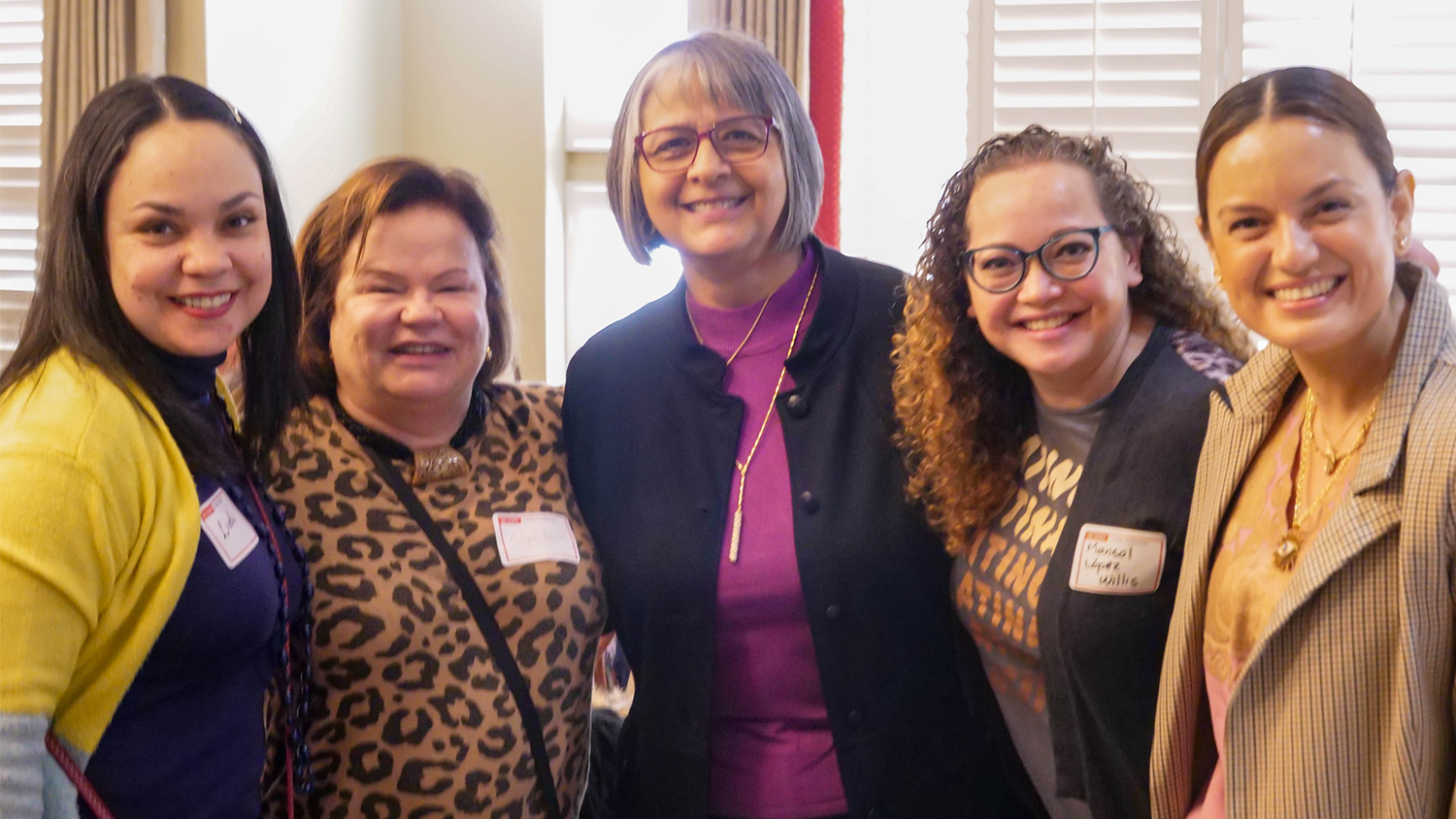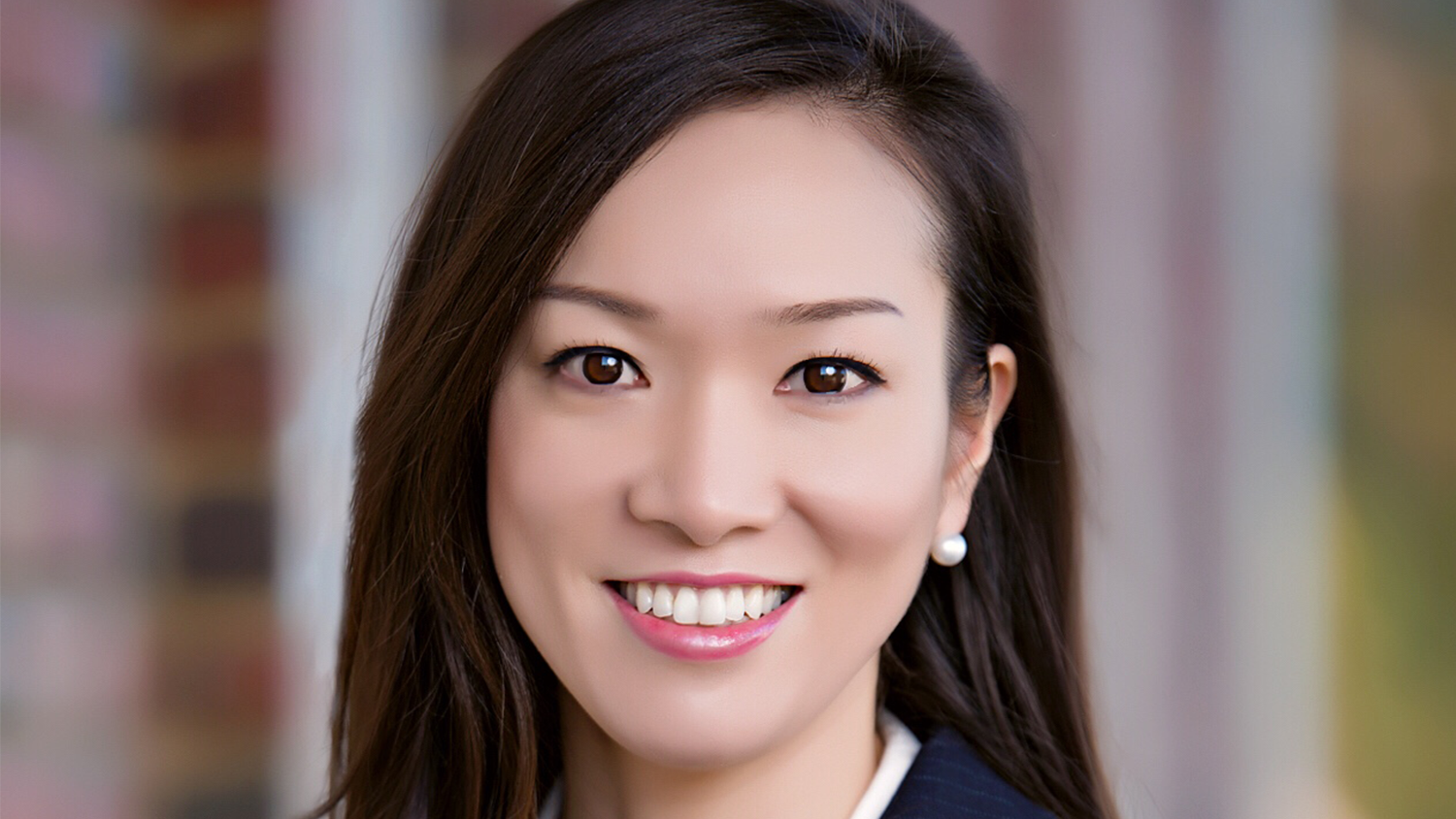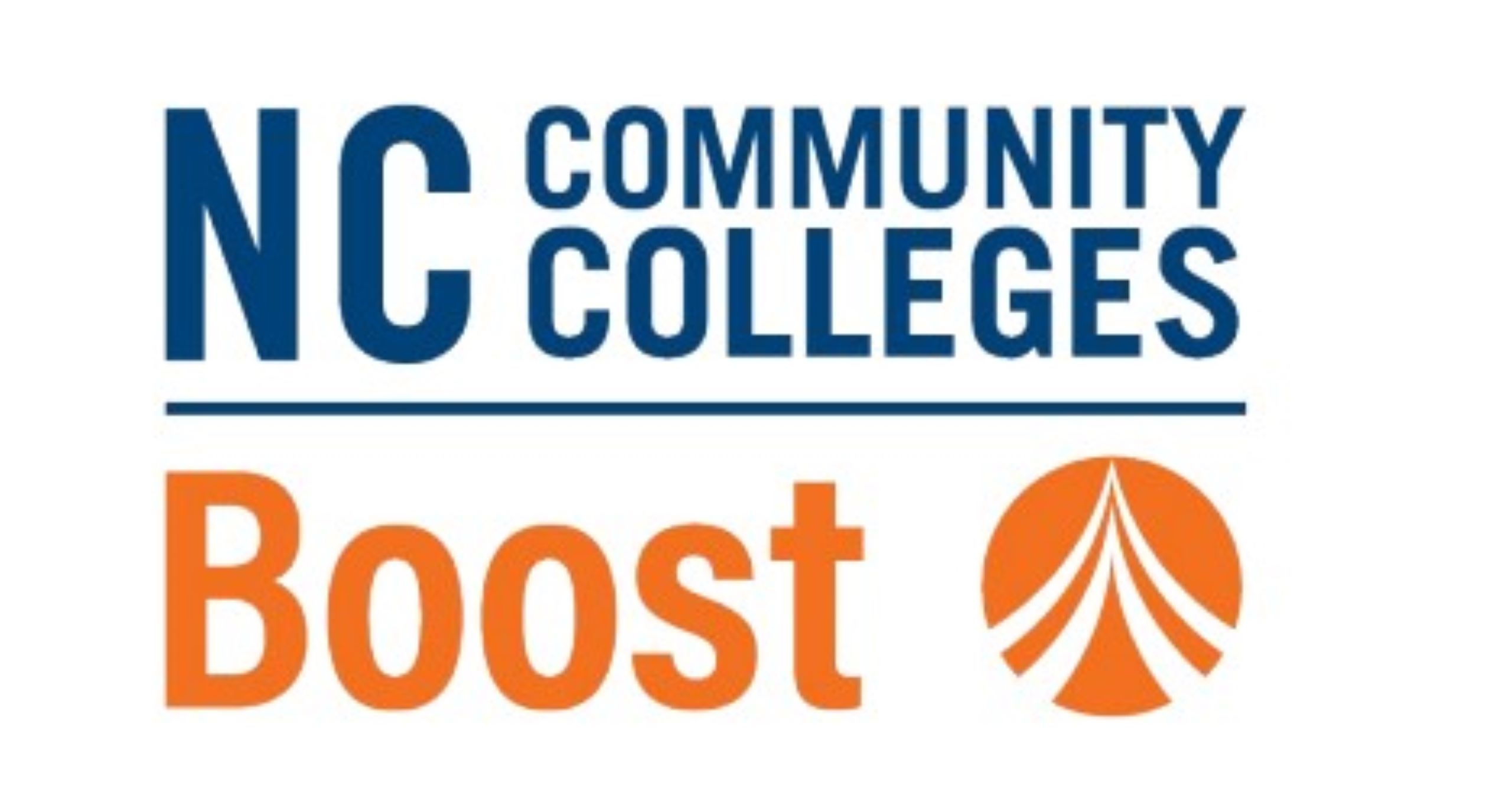‘No Estamos Solos:’ Educators Learn From One Another, Rediscover the Importance of Representation During N.C. Annual Hispanic/Latino Professional Educators Summit

“No estamos solos y si se puede” These phrases, which translate to “we are not alone” and “yes we can,” were shared by many educators who came together on Feb. 11 for the first ever North Carolina Annual Hispanic/Latino Professional Educators Summit.
The event, which was hosted by the NC State College of Education and the Wake County Public School System, provided about 200 teachers, principals, administrators and other educators with an opportunity to hear from Hispanic and Latino educators and learn about their journeys into education and about pathways into education professions.
“Sometimes, we are the only [Hispanic or Latino] teachers in our school, maybe the only teacher in that whole district, and we don’t see each other, but representation is crucial,” said MariaRosa Rangel, co-organizer of the event and director of family and community engagement with the Wake County Public School System. “I know from experience that I have felt excluded because I was the only [Latina] teacher but, to be able to be in a room with 200 or so Latino educators really inspires me and makes me feel that we are not alone. No estamos solas.”
During the seven-hour event, attendees had the opportunity to engage in a variety of sessions and panel discussions focused on topics such as the state of education for Hispanic and Latino students in North Carolina, what diversity means to Hispanic and Latino educators and how to grow their skills as leaders in school districts.
The final panel discussion of the day also included an opportunity to hear from Hispanic and Latino students about their lived experiences, including perspectives from College of Education undergraduate student Maria Mata-Reyes and graduate student Sergio Madera Garcia.
For Garcia, his participation meant not only sharing his own personal experiences as a Latinx student, but hearing from other educators like him who are out in the field and learning about the work they are engaging in every day.
“I can learn from these individuals who are already doing the work and using this as a resource, as a tool to equip my strengths and learn how to further expand and develop my skills and opportunities,” Garcia said.
Wake County Public School System Superintendent Catty Moore delivered the keynote speech, sharing her own story as a student who came to the United States from Ecuador.
She used her own experience of moving swiftly into what is now known as Academically and Intellectually Gifted (AIG) and Advanced Placement classes as an example of how students from all backgrounds should be given the opportunity to succeed — noting that she was an exception as a Latina student placed in these courses.
This experience, she said, inspires her to work for “every student, every day”— a mantra that is represented in the only piece of art that hangs on the wall of her office. The piece is a painting created by students in Fuquay-Varina that depicts Moore’s heritage and shares the “si se puede” motto in Spanish as well as every language taught at the school.
“The painting touched my heart because it underscores my why. It gives credit to who I am and it’s very simple, but it underscores for me why we work for every student, every day,” Moore said. “It’s just the most special gift that I have ever received from a school … and the thought that went into it, the identity that was represented from it, is not something that I’ve always experienced. Seeing it coming from kids gives me hope for the future”
To inspire educators in the room to keep working toward their “why,” she offered three pieces of advice to end her speech:
- “Each one of us, individually and collectively, has a responsibility to ensure that ‘si se puede (yes, we can)’ is deeply embedded and internalized by us and to the students that we serve. We need to inspire our students to know that ‘si se puede’ is not just a term, it is a rallying cry for each of them.”
- “Remember that your success and your work are a model. It is an example for the students that we serve. Seeing themselves represented in the adults who are around them and those that they admire and serve and teach them every day gives them that fuel, that knowledge around their success for the future. In your schools, in your neighborhoods, in your communities, start small; take some risks. Become engaged; get involved; build your own leadership skills. Our kids are watching.”
- “Look at the student data. Have an understanding of where you are right now and where you need to go. This is something that we must do constantly, and we do it in our district as well because we must meet students where they are, but we must address their various needs, their barriers, the institutional structures that are in place that have not allowed them to be successful and respond to them as individuals, so that we can meet their needs.”
For Lucerito Medrano, a teacher of English for multilingual learners in Pitt County, advocating for her students was a motivating factor in attending the summit.
She has always loved working with multilingual students because she can learn about their cultures and share her own culture with them. However, her experience at the summit reminded her that, for some students, she may be the only Latina teacher they encounter and that her representation is important for them.
“My biggest takeaway from today has been to keep fighting, keep moving forward, because my representation does matter with the students,” she said. “Now I see that those students are looking at me as a role model and a safe haven and that I just need to continue to grow in education.”
Data shows that there are almost 300,000 Hispanic and Latino students in North Carolina’s public schools, Rangel said, and research shows that students perform better when they have at least one teacher who looks like them during their K-12 career.
The summit, Rangel said, was important because not only is it crucial for North Carolina’s Hispanic and Latino students to see themselves reflected in their teachers, but it’s important for educators to see themselves reflected amongst their colleagues and school leaders.
“We need to be able to know and understand that there are superintendents who are Latinos now, there are principals who are Latinos, and we need to learn from each other about the next steps,” she said. “[Educators] see themselves reflected and see how powerful we are when we come together and learn from each other.”
- Categories:


